Cities worldwide are building walking & cycling paths. Addis Ababa joins the movement as this shift promises cleaner air, healthier citizens & vibrant communities. What can we learn from Copenhagen & Amsterdam's success? What can we do to make the project human-centered? 🌱🏙️
By 2050, urbanization – combined with the overall growth of the world’s population – could add another 2.5 billion people to urban areas by 2050. Close to 90% of this increase will take place in Asia and Africa.
In the heart of Addis Ababa, a transformative project is underway. The Ethiopian government's ambitious corridor project aims to construct dedicated walking and cycling lanes, heralding a new era of sustainable urban mobility. While the initiative promises a greener, more accessible city, it has also sparked debates.

This scenario is not unique to Ethiopia. Around the globe, cities are grappling with the challenge of retrofitting urban landscapes to accommodate non-motorized transport. The question arises: how do other nations approach the creation of these vital corridors?
Take the Netherlands, a nation synonymous with cycling. Here, the integration of cycling paths into the urban fabric is not an afterthought but a central tenet of city planning. The Dutch prioritize direct routes for cyclists, often independent of the road network used by cars, ensuring a safer and more efficient journey for pedal-powered commuters.
It wasn't always like this though. After the second world war, they rebuilt their city with a car-obsessed culture, much like many cities today. However, public outcry over child fatalities and a shift towards sustainability led to a change in focus. Their cycling infrastructure evolved over decades through consistent advocacy, small-scale experiments, and ongoing investment. The Dutch case highlights the potential benefits: reduced traffic fatalities, improved public health, and a lower carbon footprint.
How The Netherlands Built a Biking Utopia: by @Distilled
Similarly, Denmark has invested heavily in cycling superhighways, which connect suburban areas with city centers. These routes are designed to be as straight and direct as possible, making cycling a competitive alternative to driving.
In Addis Ababa's case for instance, redeveloping a more direct path through neighborhoods, from Goro Area to Bole roundabout, instead of following the main road could reduce the commute distance for pedestrians and bikers by 50%.
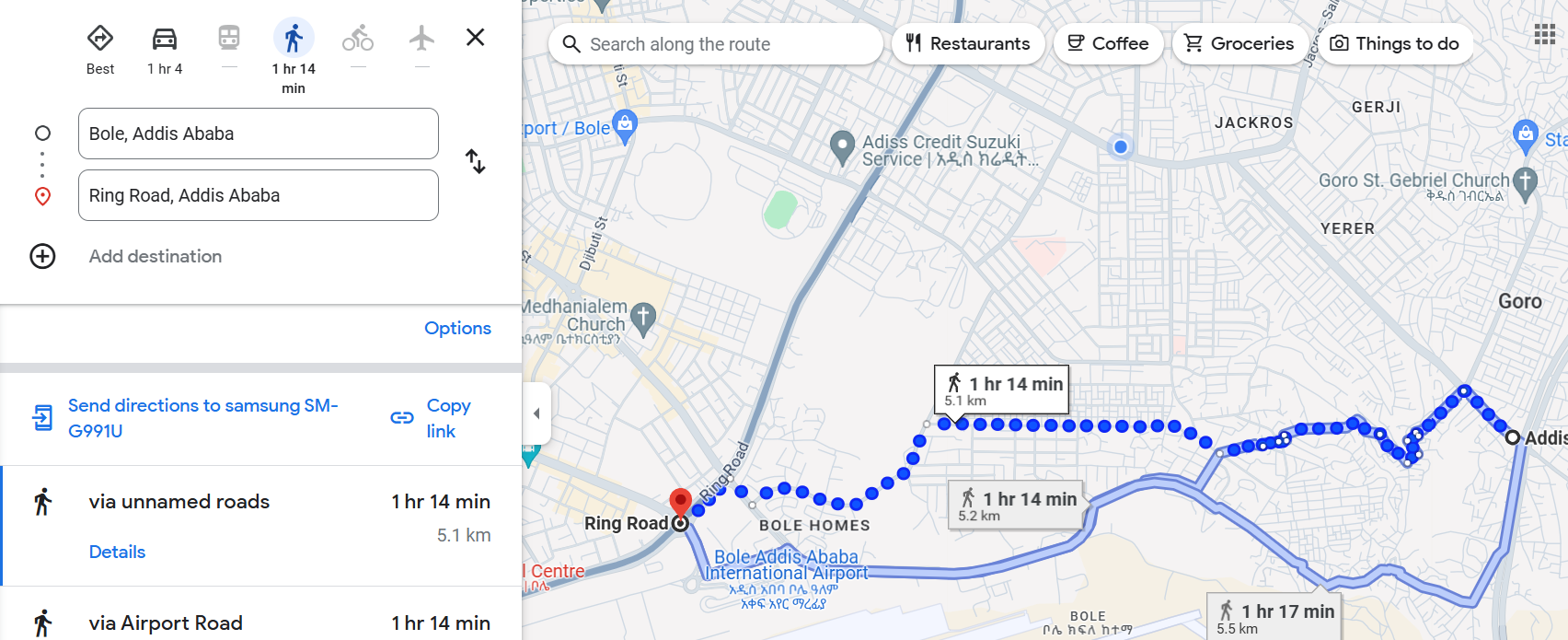
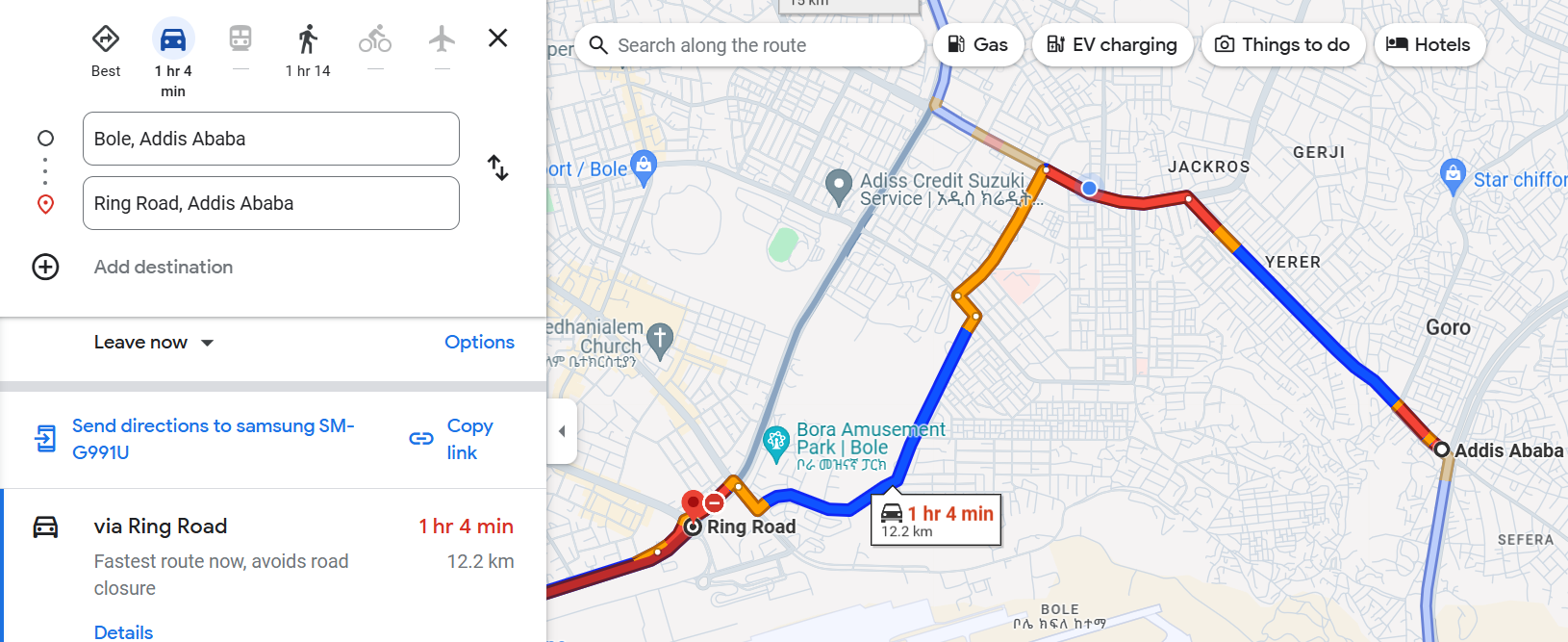
A Direct Walking & Cycling Corridor instead of Following Existing Car Route
Across the Atlantic, cities like Portland and Minneapolis have become beacons of bike-friendly design in the United States. These cities have embraced the concept of '8-80' cycling infrastructure—safe for an 8-year-old and an 80-year-old alike—by creating protected bike lanes and traffic-calmed streets. Innovative design is key to the success of these projects. For instance, the concept of 'green waves'—synchronized traffic lights that favor cyclists—ensures a smooth ride with minimal stops. Moreover, ample bike parking and integration with public transport systems encourage mixed-mode commuting.
The benefits of such infrastructure are manifold. Beyond the obvious environmental advantages, studies have shown that walking and cycling corridors can boost local economies, improve public health, and enhance the overall quality of life.
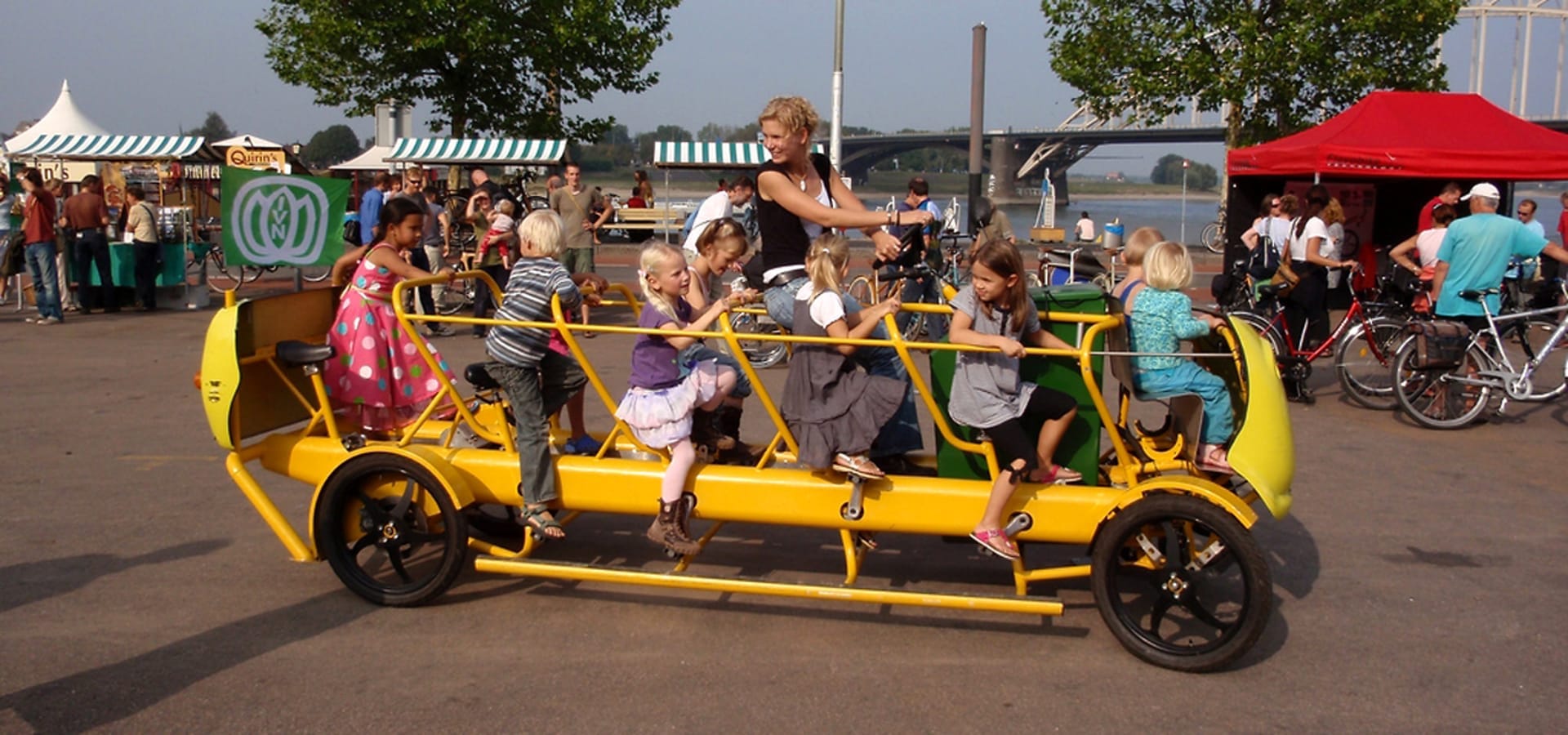
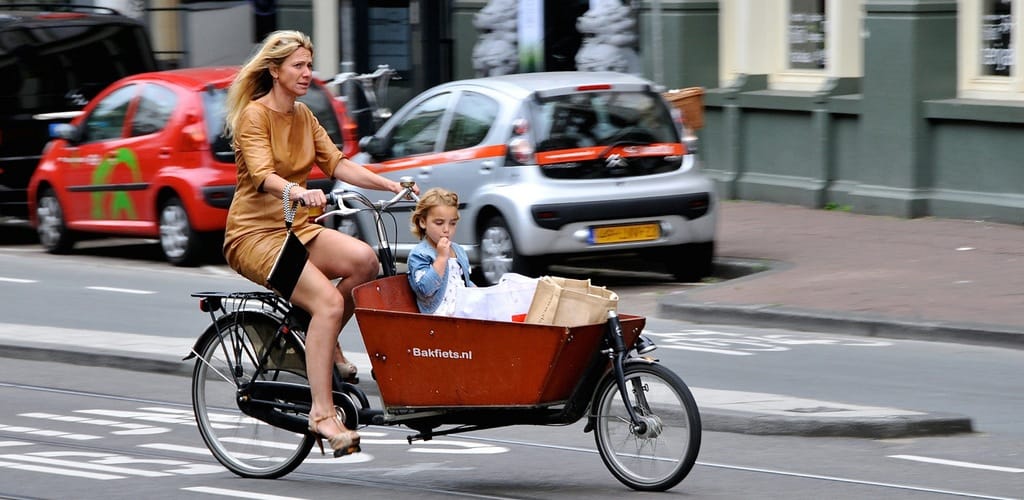
Parents in Amsterdam taking their children to school in bikes
As Addis Ababa embarks on its journey to reshape its streets, it stands at the forefront of a global movement. The road ahead is challenging, but with careful planning and community engagement, walking and cycling corridors can become the arteries of a vibrant, resilient urban ecosystem. As cities around the world have demonstrated, the path to a more walkable, bikeable future is well within our reach.
The key here is community engagement. Ensuring participatory and flexible design that will enable the delivery of a human-centered design, that'll tailor the solutions to needs of their citizens, rather than forcing citizens to adapt to the initiatives. Care should be taken to guarantee small business owners, senior citizens and other vulnerable groups aren't negatively impacted by this project, as they are the pillars of our society. What are some of the things we do?
Transparency is Paramount:
- Public Forums and Information: Organize accessible public forums and neighborhood meetings. Present clear visuals and project details in local languages. Establish a user-friendly project website with FAQs and an information hotline.
Empowering Participation:
- Interactive Maps and Surveys: Utilize online and offline interactive maps where residents can suggest routes, identify concerns, and provide feedback. Offer multilingual surveys to gather broader community input.
- Community Working Groups: Create working groups with representatives from neighborhoods, businesses, and vulnerable groups. These groups can collaborate with designers to ensure the project addresses specific needs.
Addressing Concerns Proactively:
- Impact Assessments: Conduct thorough assessments to identify potential disruptions to businesses and residents. Develop mitigation strategies to address these concerns proactively.
- Communicating Benefits: Clearly communicate the long-term benefits of the project, such as improved air quality, increased safety, and economic opportunities. Showcase success stories from other cities to inspire residents.
Building a Collaborative Future:
- Regular Updates: Provide regular project updates via the website, information hotline, and community meetings. Address community concerns and explain any design modifications based on their feedback.
- Open Feedback Channels: Maintain open feedback channels throughout the design process. This allows residents to raise questions and suggest improvements as the project evolves.
By learning from international examples and prioritizing the needs of pedestrians and cyclists, the city can pave the way for a future where sustainable transport is not just a vision, but a daily reality.
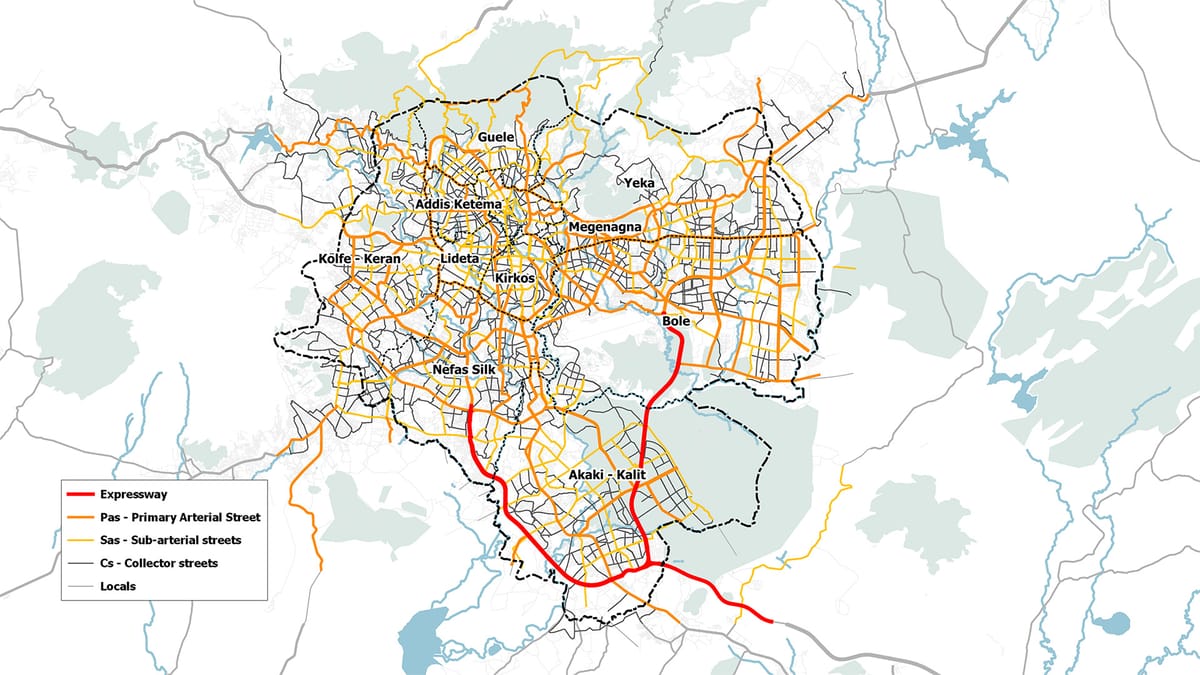


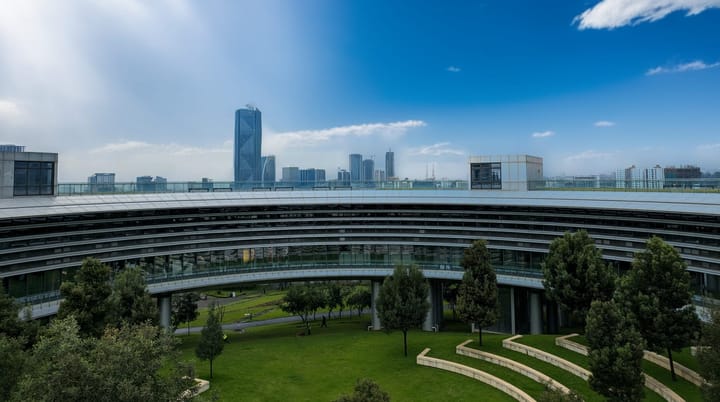
Comments ()